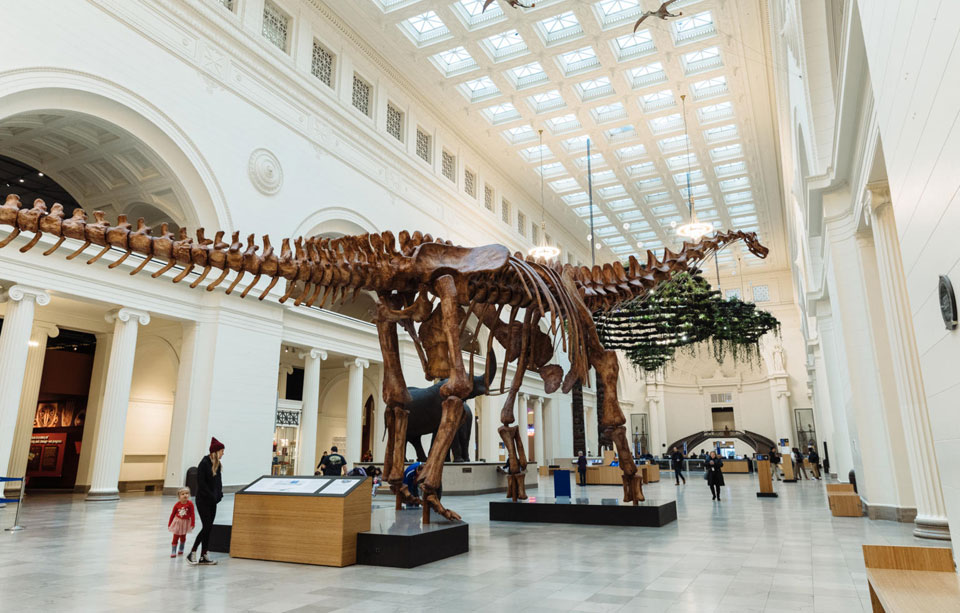
WASHINGTON —The official U.S. unemployment rate declined to 6% in March, down 0.2% in one month, the Bureau of Labor Statistics reported on April 2. Driven by big gains in bars and restaurants, companies claimed to create a net of 780,000 new jobs. Governments added 136,000—125,600 of them as schools reopened.
But the story was different for African-American men. It also was different from cumulative weekly recipients of state or federal jobless aid, plus new applicants for those checks, a separate BLS survey released the day before, showed.
“Me, waiting on someone to note that Black male unemployment is 10.2%,” tweeted Gbenga Ajilore, former president of the National Economists Association, the top organization of Black economists. BLS calculated that figure at 9.8%, still far above jobless rates for other subgroups, except for teenagers (11.8%) and Black teens (18.1%).
The March number of unemployed, 9.71 million, was 262,000 fewer than in February, BLS said. A negative note: 43.4% of the jobless have been out longer than six months.
The overall figure was only 53% of the 18.213 million workers getting jobless aid checks through March 13. Another 1.844 million filed new claims for jobless aid in the following two weeks, and the number of new aid seekers rose in the week ending March 27. Combined, that equals one of every seven workers either seeking or getting state or federal jobless benefits.
“The recovery, once stalled, is now taking off, but an enormous gap in the labor market remains,” said Heidi Shierholz, policy director for the Economic Policy Institute. Even with the claimed increase in jobs in March, including the ones in the schools, “we still have 8.4 million fewer jobs than we did” before the coronavirus-caused depression hit in March 2020, she said.
And public health experts warned on National Public Radio of the possibility of a rerun of joblessness spikes. That’s because new mutant strains of the coronavirus could produce a fourth surge in cases. As of 8 a.m. on April 2, the virus, which caused the closures and the depression, has killed 553,140 people—more than live in Tucson, Ariz.—in the ensuing year.
Factories claimed to add 53,000 new jobs in March, up to 12.284 million. One-fourth of March job gains (+13,700) were in fabricated metal plants. But that’s still 434,000 fewer jobs than in March 2020. Auto and auto parts plants lost 1,000 jobs in March, down to 900,400. And 5.2% of factory workers were still jobless last month.
Construction firms reported adding 110,000 jobs in March, as the weather warmed up. Specialty trade contractors accounted for 60% of that increase. It boosted construction employment to 7.466 million—still 91,000 fewer construction jobs than in March 2020. Some 8.6% of construction workers were jobless this March, BLS said.
Services claimed to add 597,000 new jobs in March. Big gains were on buses and subways (+12,800), couriers and messengers (+16,700), educational services (+64,400), amusement parks and recreation (+41,200), and restaurants and bars (+175,800). That group, one of the lowest-paying, had 10.5 million workers, 1.172 million fewer than a year before.












Comments